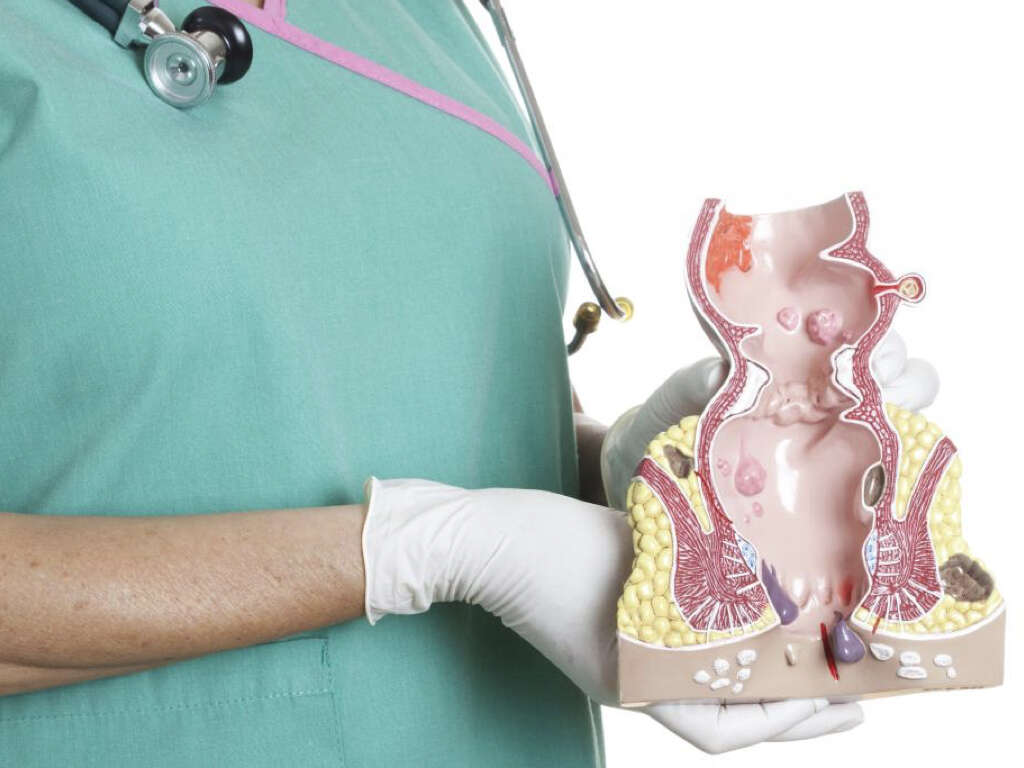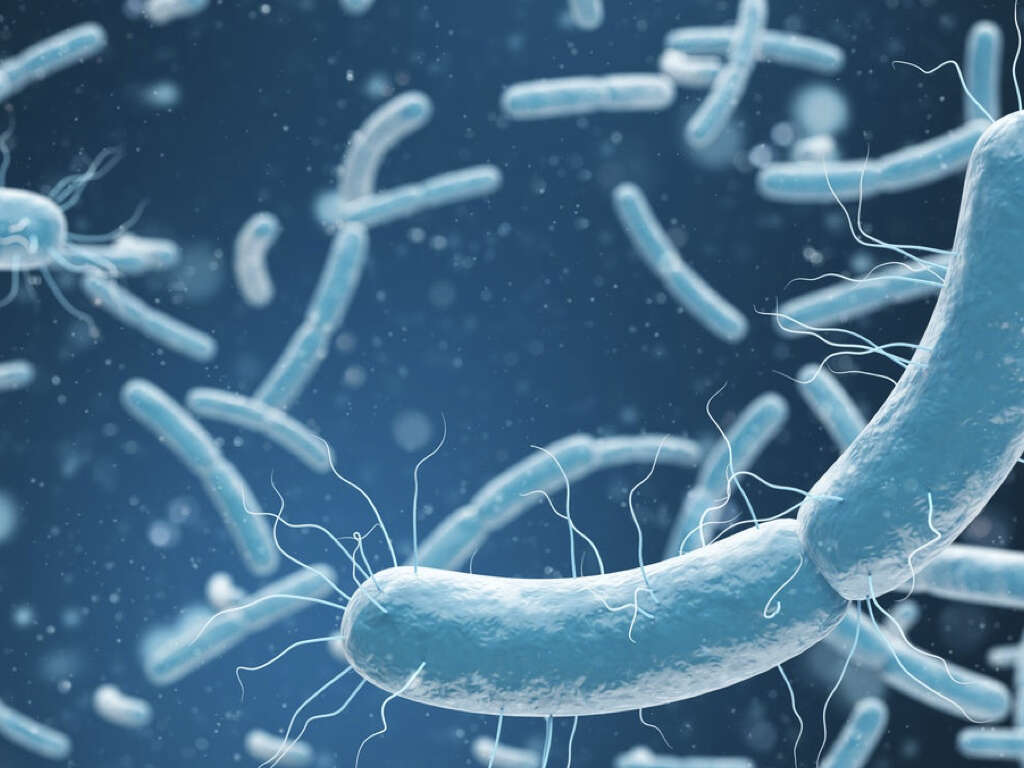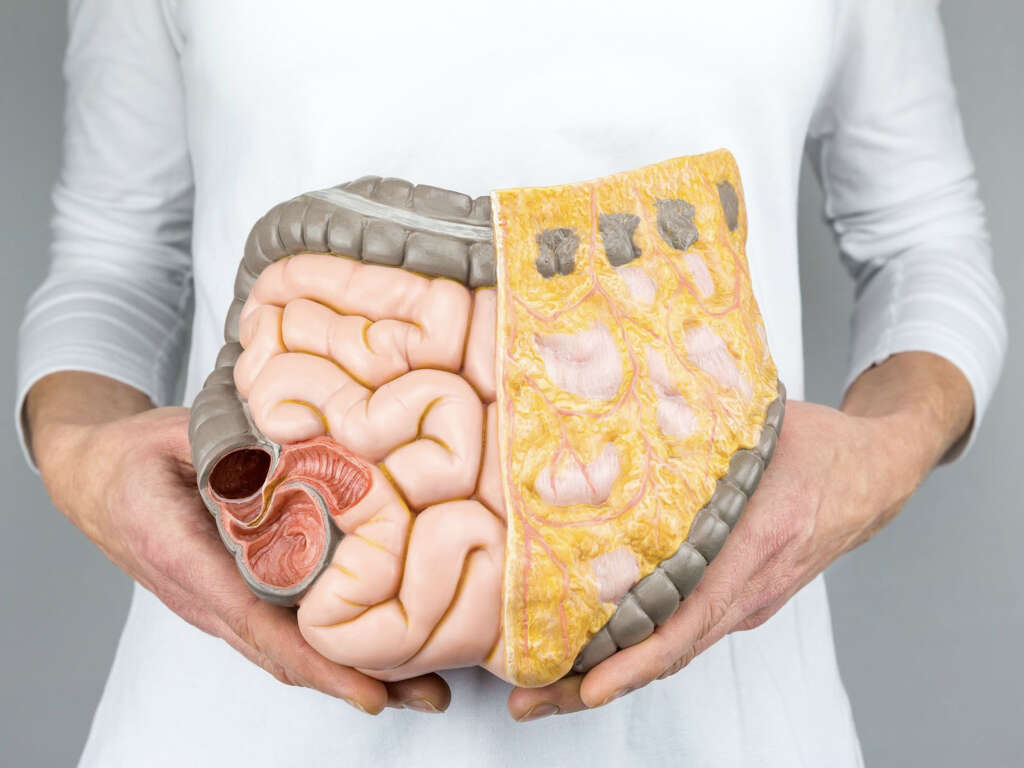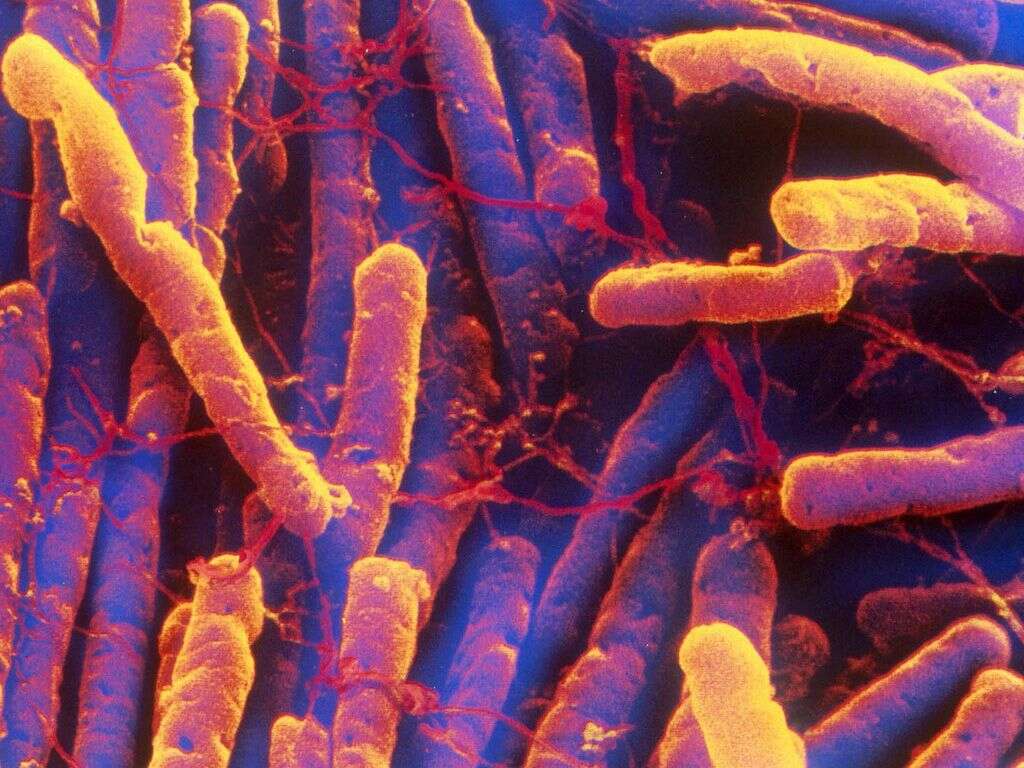Causes of Watery Diarrhea
Diarrhea occurs when there is three or more loose stools a day. This means that there is high water content in the stools, which can happen due to an imbalance in the physiology of both large and small intestines during the absorption of water, organic substrate, and ions. It is a relatively common disorder that has many causes ranging from mild to severe.
Diarrhea can be categorized into acute or chronic depending on the duration of the symptoms. Acute diarrhea has an acute onset and does not last longer than 14 days while persistent or chronic diarrhea lasts longer. This distinction is recommended by the World Health Organization (WHO) as it helps categorize diarrhea for management and research purposes.

1. Statistics
In the United States, rotavirus has been associated with 4% to 5% of all pediatric hospitalizations, which amounts to almost $1 billion. About 20% of physician referrals in children under 2 years old was due to acute diarrhea. When an antirotavirus immunization was available, it was found to significantly reduce emergency visits and hospitalizations due to diarrhea in children compared to the prevaccine period. In developing countries, there is an average of 3 episodes of diarrhea annually in those under the age of 5. Some areas even report 6 to 8 episodes every year. This can lead to growth issues and increased mortality. Over the last 20 years, fatalities in children due to diarrhea have decreased due to the widespread use of oral rehydration solutions.

2. Symptoms
Some signs and symptoms of diarrhea include loose and watery stools, having abdominal pain, abdominal cramping, blood in the stool, mucus in the stool, fever, nausea, vomiting, bloating, urgent need to have a bowel movement, and loss of appetite. Patients should see the doctor if the diarrhea persists more than a few days, presence of severe abdominal pain, rectal pain, fever above 39C (102F), black stools, bloody stools, or dehydration.
Children dehydrate much more quickly compared to adults and should be monitored closely. Signs and symptoms of dehydration are thirst, headaches, appetite loss, confusion, decreased urine volume, seizures, tiredness, purple fingernails, and more. Parents can look for chapped lips, sunken eyes, excessive sleepiness, no tears when crying, and cold or dry skin.

3. Stool Characteristics
The consistency of diarrhea can tell a lot about the underlying cause. It is important to separate watery diarrhea from other conditions.
Conditions with blood on the stools are usually more serious and involve some degree of inflammation (enteritis). It is also important to look for mucus and fat on the stools as it can help the diagnosis.

4. Organisms
Organisms or pathogens that cause diarrhea can be categorized into viral, bacterial, and parasitic causes. Some examples of viral infections that can cause diarrhea are rotavirus, adenovirus, norovirus, astrovirus, and calicivirus.
Examples of bacteria include Klebsiella, Clostridium perfringens, Escherichia Coli, and Vibrio species. Some parasites that can cause diarrhea are Cryptosporidium species and Giardia species. The presence of systemic symptoms often depends on the pathogen causing the issue. Different organisms have different incubation periods, duration of diarrhea, and the presence of associated symptoms.
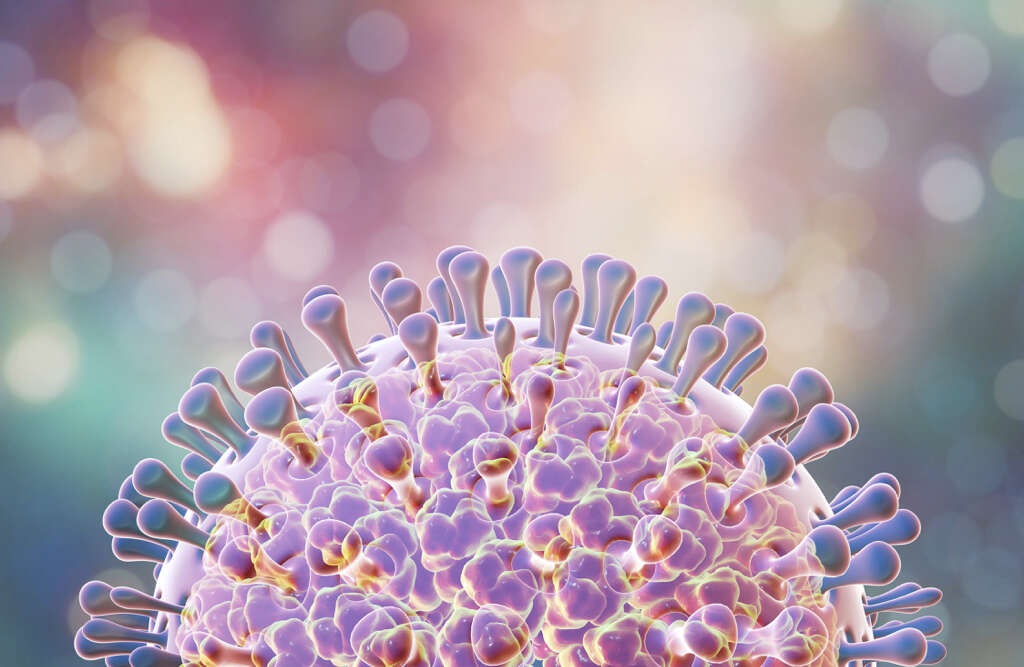
5. Food
The ingestion of food that has not been prepared properly can cause diarrhea. This is especially true for those who consume raw food. For example, dairy food can be contaminated by Salmonella or Campylobacter species: eggs by Salmonella species; meats by Salmonella, Campylobacter, Aeromonas, and Clostridium perfringens species; pork by Clostridium perfringens and Yersinia enterocolitica; poultry by Campylobacter species; ground beef by enterohemorrhagic Escherichia coli; seafood by Plesiomonas, Vibrio, Aeromonas, and Astrovirus species; vegetables by Closterium perfringens and Aeromonas species; and oysters by Vibrio, Plesiomonas, and Calicivirus species.
Water contamination is also a major reservoir for many pathogens (Entamoeba, Cryptosporidium, Giardia, Shigella, Aeromonas) that can cause diarrhea

6. Travel
A history of recent travel or camping can be the cause of diarrhea. Traveler’s diarrhea is usually caused by enterotoxigenic Escherichia coli. Organisms that are prevalent worldwide regardless of specific travel history include Shigella, Salmonella, Rotavirus, and Campylobacter.
The risk of diarrhea while travelling is highest among those who travel to Africa. There is also a relatively high risk of diarrhea for those who travel to Eastern Europe, South America, and Central America. Other organisms that are prevalent in other parts of the world include Vibrio parahaemolyticus (Japan), Yersinia species (Australia, Europe, Canada), Entamoeba species (India), and more. A history of camping may also suggest exposure to contaminated water sources.

7. Exposure at Work or School
In places such as daycares, some organisms can spread rapidly. The increase in daycare usage among parents has led to an increased incidence of diarrhea due to Cryptosporidium species and rotavirus. Other organisms that have been implicated include Giardia, Shigella, Campylobacter, Norovirus, and more.
Exposure to animals, especially among individuals who work with animals, also has a higher risk of diarrhea. For example, exposure to young cats or dogs has been associated with Campylobacter organisms. Exposure to turtles has also been associated with Salmonella organisms.

8. Underlying Medical Conditions
Some medical conditions may cause the patient to have diarrhea. Gastrointestinal disorders like gastritis, irritable bowel syndrome, Crohn’s Disease, and many more, may cause watery diarrhea as one of their symptoms.
Other conditions include generalized anxiety disorder, and anaphylaxis, to mention a few.
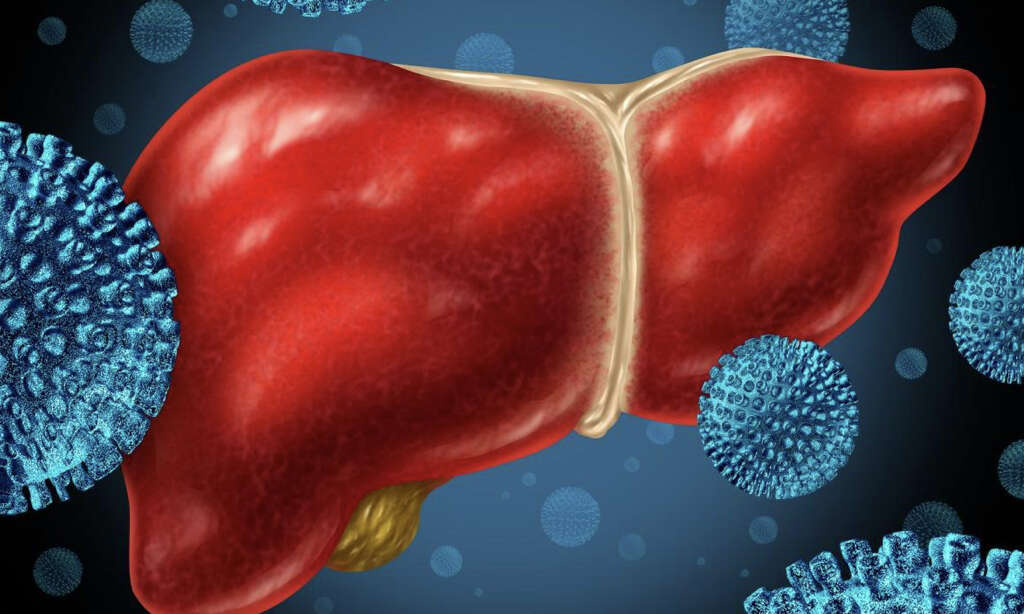
9. Drug-Induced Diarrhea
Drug-induced diarrhea refers to diarrhea that occurs due to the use of certain medications. A clue to it would be the onset of diarrhea soon after the treatment of the drug. Medications that most frequently cause diarrhea are nutritional supplements and antacids that contain magnesium.
Other medications that can cause diarrhea include chemotherapy medications, antibiotics, nonsteroidal anti-inflammatory drugs, and more.

10. Food Allergies and Intolerances
Food allergy occurs when there is an allergy to certain foods. It is caused by an abnormal reaction of the immune system that occurs after the ingestion of a certain food. Even a tiny amount can lead to hives, swollen airways, nausea, vomiting, diarrhea, and more.
Some food allergies can be so severe that it causes a life-threatening condition known as anaphylaxis. Food allergy is common and is estimated to affect 6% to 8% of children under the age of 3 years old and about 3% of adults. Some common food allergies and intolerances include soy protein, cow’s milk protein, methylxanthines (theobromine, caffeine, theophylline), nuts, olestra (fat substitute often used in foods such as potato chips), and more.





